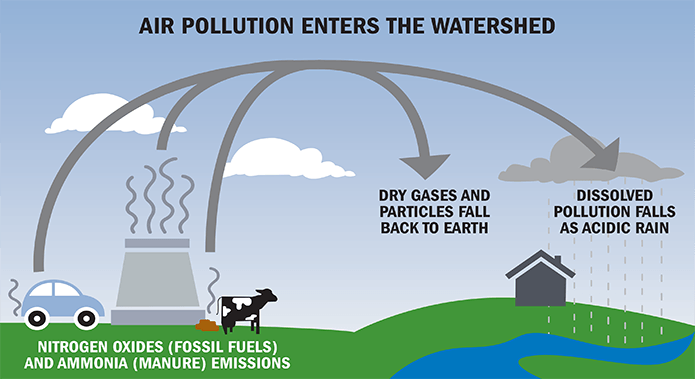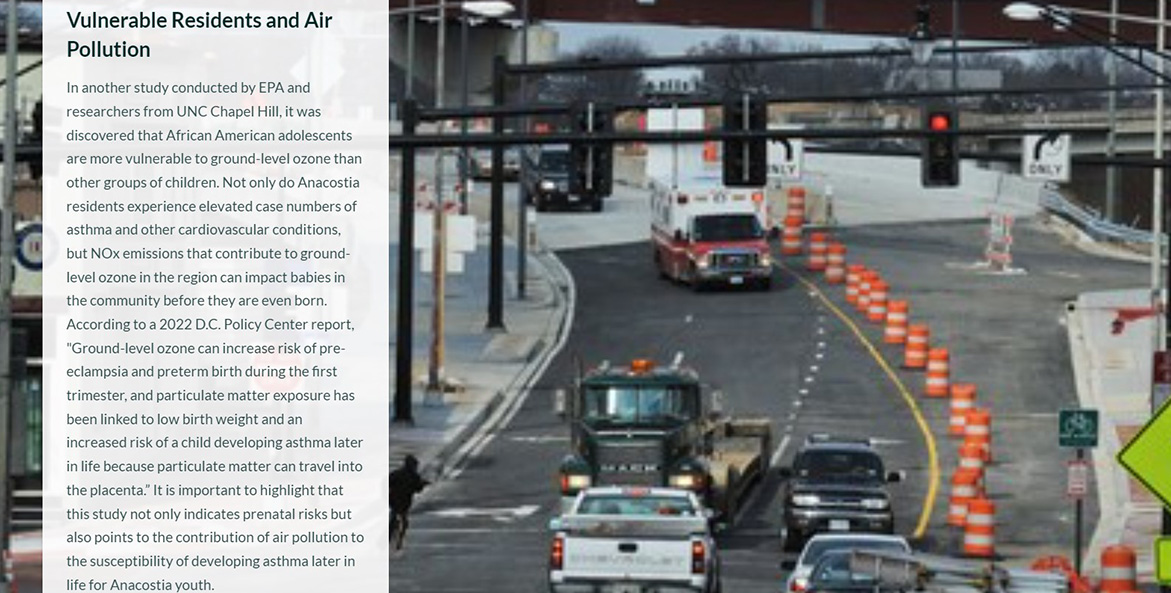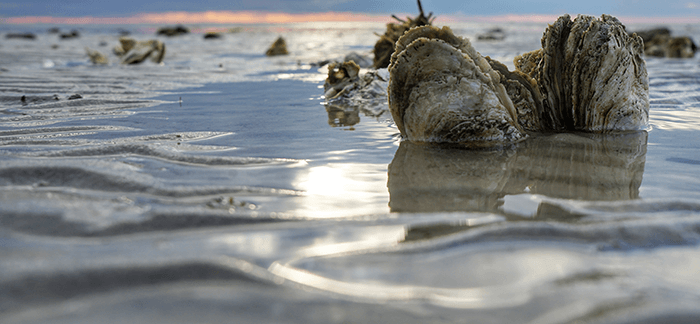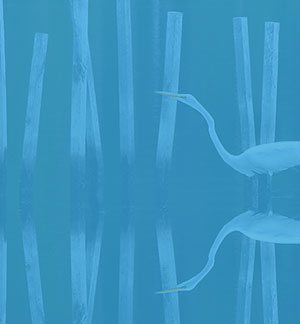What Is Air Pollution?
Air pollution occurs when the air that sustains all life becomes contaminated with harmful substances and toxins. This pollution, originating from within the watershed region and well-beyond it—an area referred to as the Chesapeake's airshed, is a major threat to the Chesapeake Bay and its living communities.
What Types of Air Pollution Are There?
Several types of airborne pollution impact our treasured Chesapeake Bay, our local rivers and streams, and watershed communities:
Nitrogen Oxide Pollution (NOx): NOx are a group of highly reactive gases that get into the air when fuel is burned. We find elevated levels of nitrogen oxide pollution in regions with a high density of fuel-burning vehicles as well as areas with power plants. According to the EPA, NOx affect both humans and our environment. Here in the watershed, we see the impact of NOx in acid rain and deposits of excess nitrogen pollution, both of which harm the Bay’s ecosystem.
In fact, each year about one-third of the bay’s total yearly load of nitrogen pollution comes from the air.
Sulfur Dioxide Pollution: SO2 emissions occur when vehicles and heavy equipment burn fuel with high sulfur content. In addition to contributing to damaging acid rain, SO2 can damage the growth of plants that sustain the Bay’s ecosystem.
Mercury Pollution: Elemental and inorganic mercury are released into the air when coal, oil, or wood are burned; when medical waste is burned; or when mercury is used by industrial plants and factories. That mercury ends up in our waterways and can reach toxic levels, particularly in the tissue of fish and shellfish. For this reason, the consumption of certain fish prone to high levels of mercury should be limited. According to a 2020 study by the United State Geological Survey, the most contaminated fish in the Chesapeake Bay watershed include striped bass (rockfish), walleye, largemouth bass, and flathead catfish.
What Are the Causes of Air Pollution?
Pollutants created and dispersed into the air by power plants, smokestacks, and vehicle exhaust eventually fall back to earth or are washed out of the air by rain.
While air pollution has many sources, they share one critical origin: humans. The influx in air pollution in and around the Bay can be traced back to a corresponding influx of people in the region.

When nitrogen oxides, ammonia, and other airborne pollutants enter the atmosphere they can travel hundreds of miles before falling back to earth where they pollute the land and water.
Chesapeake Bay Foundation
It is estimated an additional 157,000 people move into the region every year, bringing with them more vehicles and more demand for energy from power plants. And as a result, more nitrogen, sulfur, and mercury pollution is released into the air, and eventually damages our waterways.
But it’s not just people who impact air pollution. The air over the Chesapeake region travels here from as far away as Canada in the north and Indiana and Kentucky in the west. This "airshed" is 570,000 square miles—more than nine times the watershed itself. CBF uses advocacy and litigation to support efforts to reduce the amount of nitrogen oxide emissions travelling across state lines into the Bay watershed. Check out our story map From Air to Water, which shows how airborne nitrogen pollution from five sources impacts the waters of the Chesapeake Bay.
What Are the Effects of Air Pollution on Our Waters?
Air pollution can harm both ecosystems and human health. As airborne nitrogen oxides fall into our waters they start a deadly chain reaction that contributes to algal blooms, clouding the water and absorbing the oxygen. Without oxygen, underwater grasses, crabs, fish, and other marine life suffocate and die. These dead zones can be truly devastating to biodiversity and are an ongoing cause for concern.
What Are the Effects of Air Pollution on Our Health?
NOx emissions, on their own, can irritate airways and pose a risk to human health. NOx also contribute to the formation of ground-level ozone and particulate matter, both pollutants that pose serious health risks to people, especially children, the elderly, those with existing respiratory ailments, and individuals living in communities already overburdened by environmental stressors (See UMD Capstone Analysis: NOx Emissions in the Bay Watershed story map for information about a study of three communities with elevated risk of exposure to this type of harmful pollution).

CBF asked a team of Environmental Science & Policy undergraduate students at the University of Maryland to investigate the impact of heavy-duty vehicle emissions on human health in three communities with elevated risk of exposure to NOx emissions. This story map presents their findings. Go to story map
Ozone can cause the muscles in the airways to constrict, causing immediate health problems such as shortness of breath, wheezing, and headaches. It can also aggravate lung diseases such as asthma, emphysema, and chronic bronchitis. Long-term exposure is likely to be one cause of asthma and may also be linked to permanent lung damage, especially in children.
Recreational and commercial anglers and communities that rely on self-caught, local fish to supplement their families' diets are feeling the effects of airborne pollutants, too. Air pollution, primarily from power plants, is the main source of the mercury that contaminates fish in the Bay watershed. As a result, anglers are warned to limit their consumption of certain fish species due to potentially harmful levels of this toxic chemical.
How Can We Reduce Air Pollution?
Unhealthy air doesn't have to be part of life in the Bay. And because humans are largely the cause of air pollution, we must also drive the solutions.
Alternative and renewable energy sources and low-emission vehicles should be part of our local and national strategy to reduce pollution from smokestacks and tailpipes. Smart land-use planning and innovative means of transportation are also key pieces of the pollution puzzle. Nutrient trading is another option. Individuals can take action by driving less—combining errands, carpooling, and using public transportation can help reduce car emissions.
A University of Maryland study published in 2016 found, in fact, that federal and state clean air efforts starting in the 1990s were responsible for significant reductions in nitrogen to our local waterways and the Bay. Continuing to improve our air will benefit our water.
Every Bay-loving citizen and stakeholder should demand that state and federal leaders act to enforce air-quality standards and promote innovative ways to reduce pollution from airborne sources.


